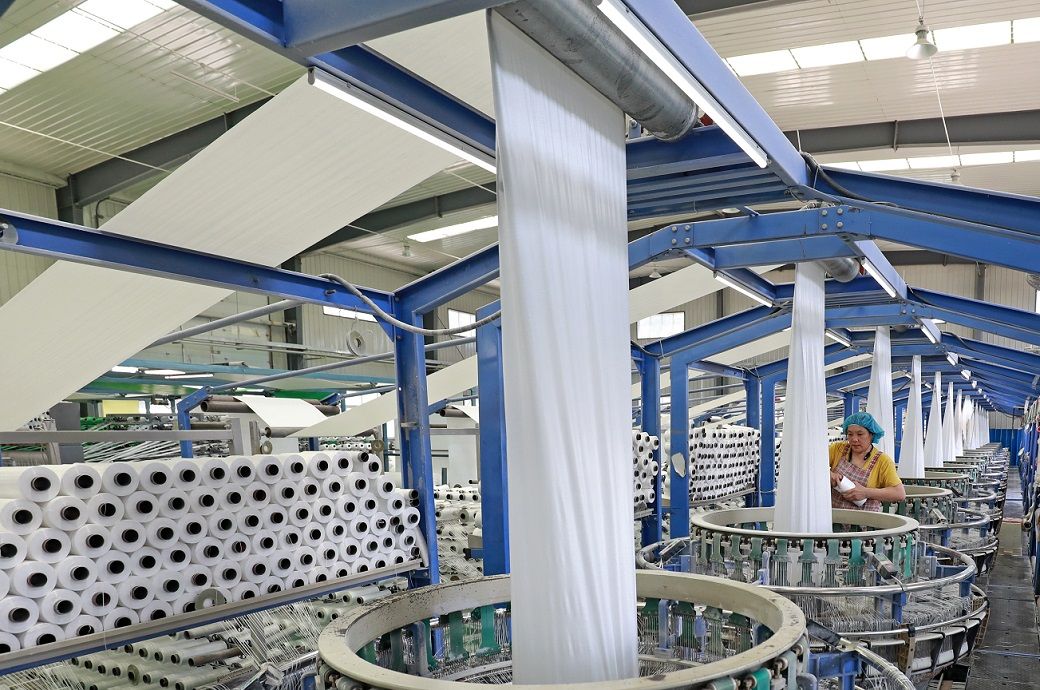
Industry experts noted that the Section 43B(H) of the Income Tax Act for micro and small enterprises (MSE) has also severely hit market demand due to a liquidity crunch amidst loss-making production compulsions.
C. K. Maniya, president of the Rapier Jacquard Weavers Association of Surat, told Fibre2fashion, “Rapier Jacquard weaving units are facing unprecedented weak demand. They are unable to recover even the cost of production. The prices of fabric for sarees and other women's garments decreased by around 30-40 per cent in the last three to four months after the payment rule.” The issue began to impact the market in February this year when buyers reduced their purchases from MSE sellers due to concerns regarding payment until the end of fiscal 2024 in March.
He explained that following the new payment rule, even in the new fiscal 2024-25, buyers are conservative in their purchasing. They do not want to build up large stock as they prefer liquidity in their hands instead of good stocks. This dried up demand during the off-peak season. April to June is typically considered a slow buying period, but the demand has been exceptionally sluggish this year due to the impact of the payment rule.
Maniya said that members of the association decided last week to maintain their average production at 80 per cent below installed capacity. This means that the units will produce only 20 per cent of their capacity. He clarified that the association is trying to balance production and the availability of fabric with market demand and near-future requirements to prevent further price declines. Therefore, around 3,000 member units will voluntarily cut production. They can produce fabric if they have orders or if they want to build enough stocks for anticipated demand in the coming months.
Regarding the payment rule, Maniya urged the government to implement it gradually. There is a practice of credit ranging from 30 days to 120 days in various markets under certain conditions. It cannot be reduced to 45 days in one go without hurting the industry’s growth. He highlighted that the payment rule drains liquidity in the last quarter of a fiscal due to the compulsion of payments to MSE buyers. The last quarter of any fiscal is known for intense production and sales to meet targets. The first quarter of a fiscal is known for seasonal sluggish demand, which will further harm industry sentiments.
Fibre2Fashion News Desk (KUL)